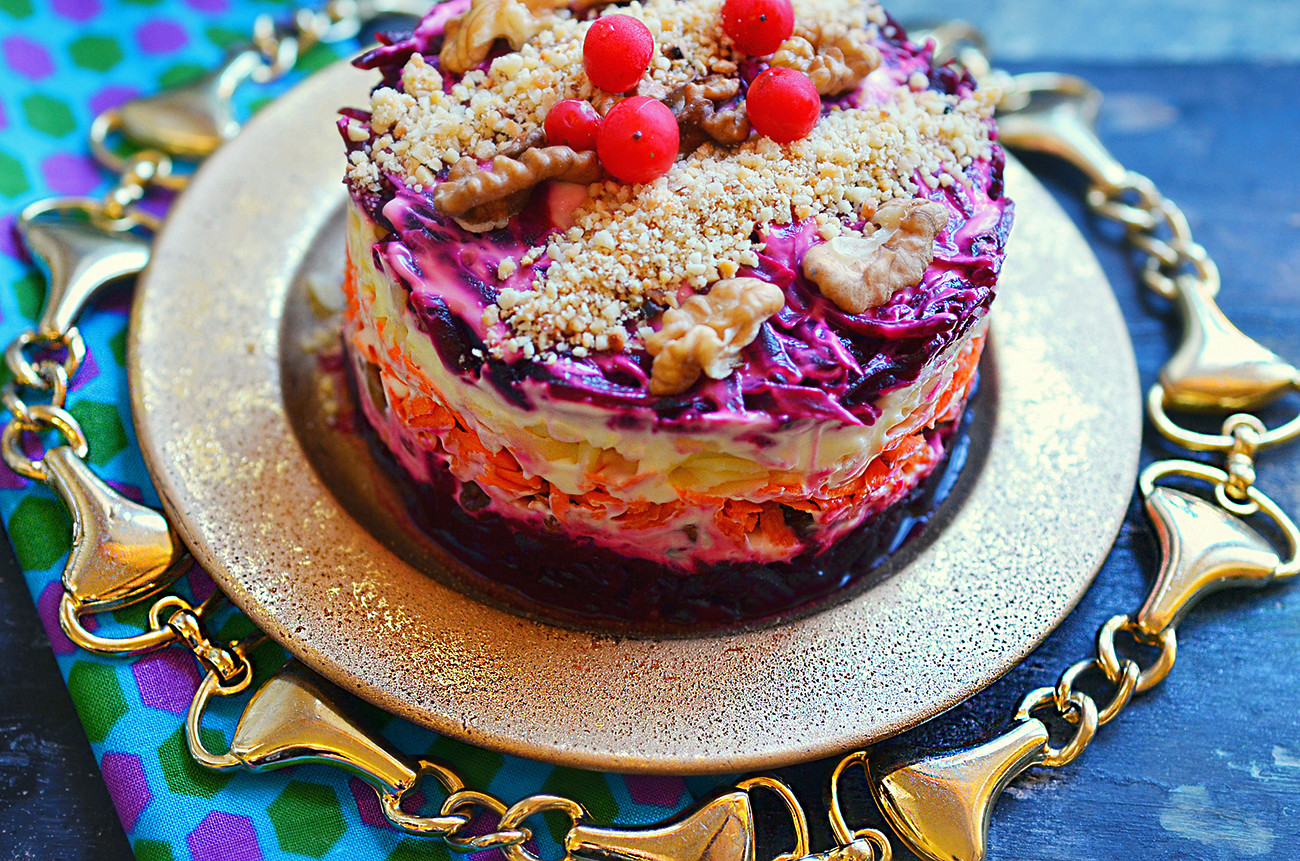10 Russian beetroot dishes worth trying at least once in your lifetime
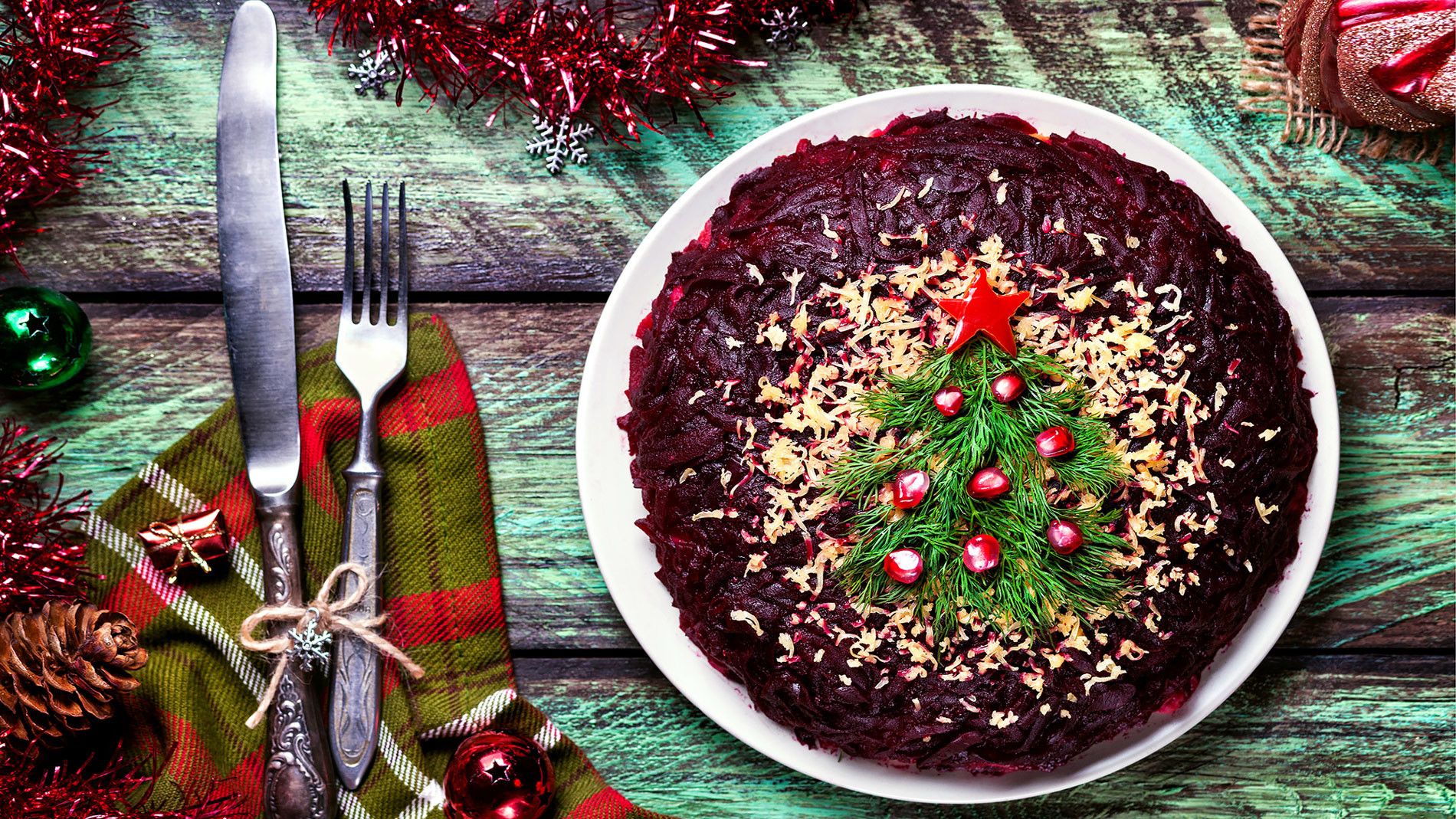
Check out our list of the most delicious beetroot dishes that make use of the vegetable tops as well.
1. Herring under a fur coat
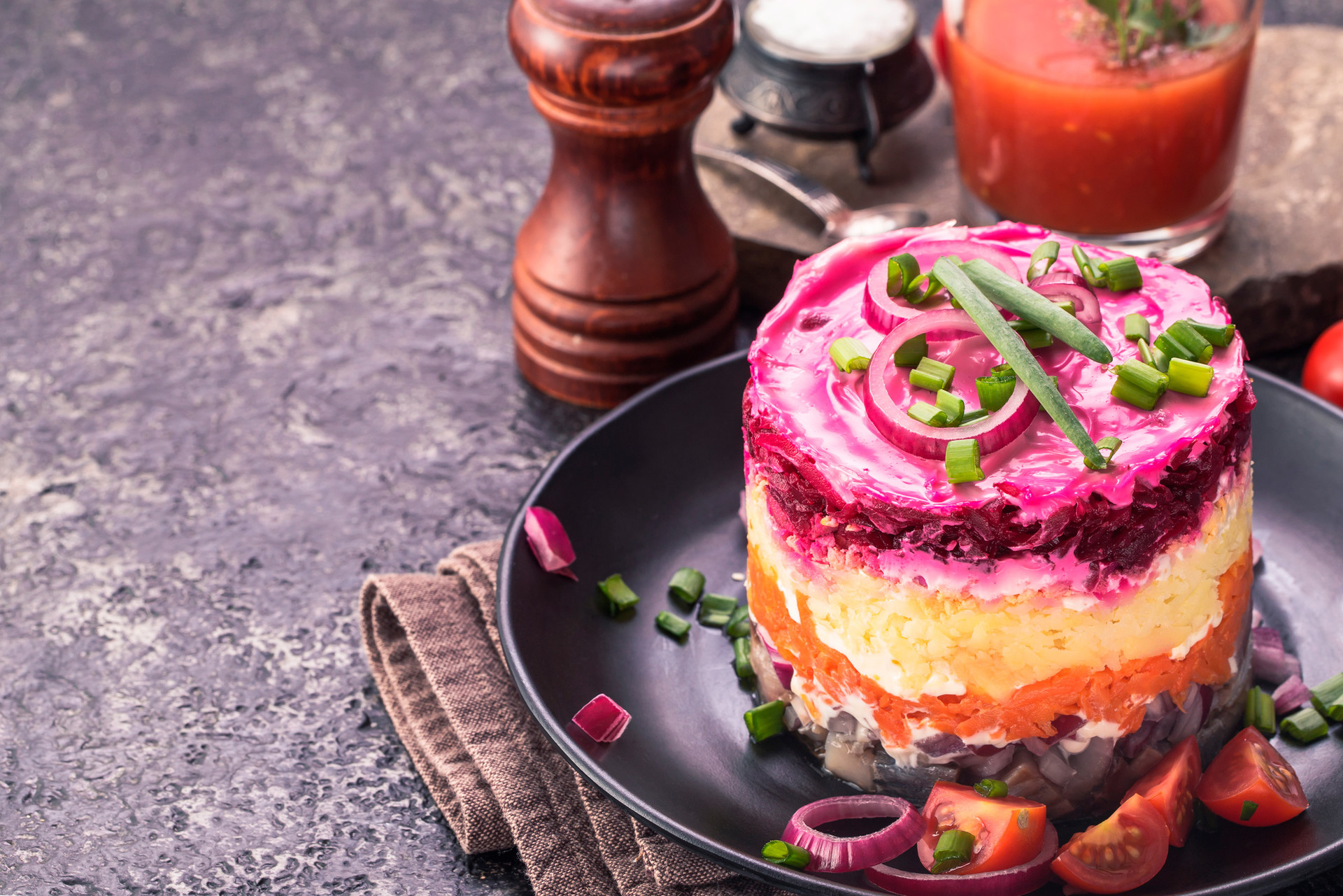
This salad is the pièce de résistance of the New Year’s Eve table. Finely chopped herring, boiled potatoes, carrot, and beetroot, as well as finely sliced onion and egg are laid out in layers. The salad is traditionally dressed with mayonnaise. Before serving, let it stand a while so the layers soak up all the juices. Find the detailed recipe on our website.
2. Lyubovnitsa salad
It’s often said (particularly in Russia) that the way to a man’s heart is through his stomach. Back in Soviet times, Lyubovnitsa (“Mistress”) salad was a dish cooked by ladies for their admirers, even before the word “aphrodisiac” had entered common parlance. It is made from boiled beetroot and carrot, hard cheese, garlic, prunes, raisins, walnuts, and mayonnaise. The salad is laid out in layers, and portions are usually served in glass bowls.
3. Vinaigrette
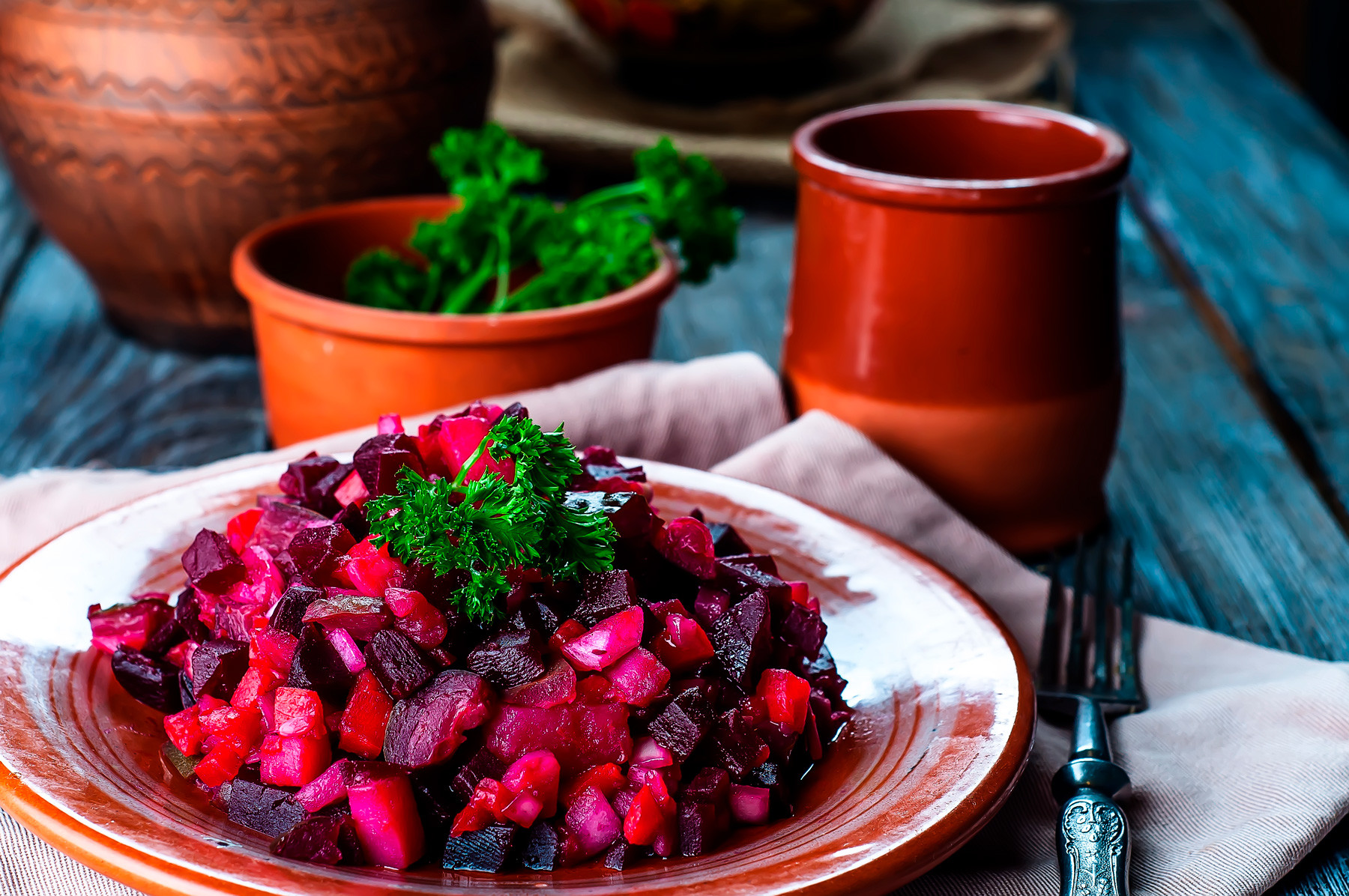
Vinaigrette is mostly a winter salad due to the lack of high-quality fresh vegetables. It consists of diced boiled beetroot, potato, and carrot, plus sauerkraut, pickled cucumber, onion, and peas. All ingredients are mixed and seasoned with sunflower oil and a splash of vinegar.
4. Beetroot and cheese salad
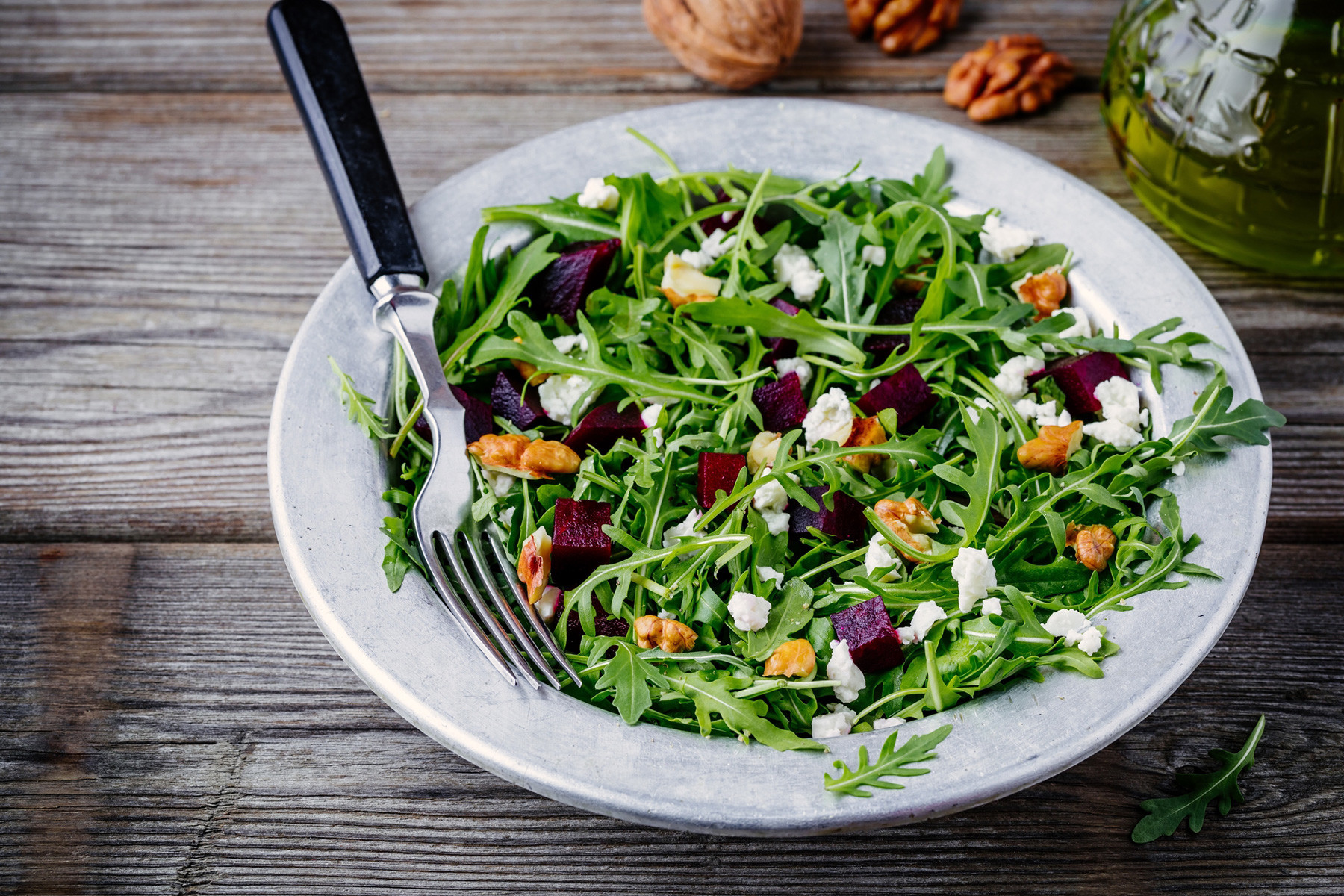
This simple salad with a Caucasus flavor is made from boiled beetroot, a smattering of diced sheep’s cheese or feta, and walnuts. It is seasoned with vegetable oil and garnished with greens.
5. Borsch
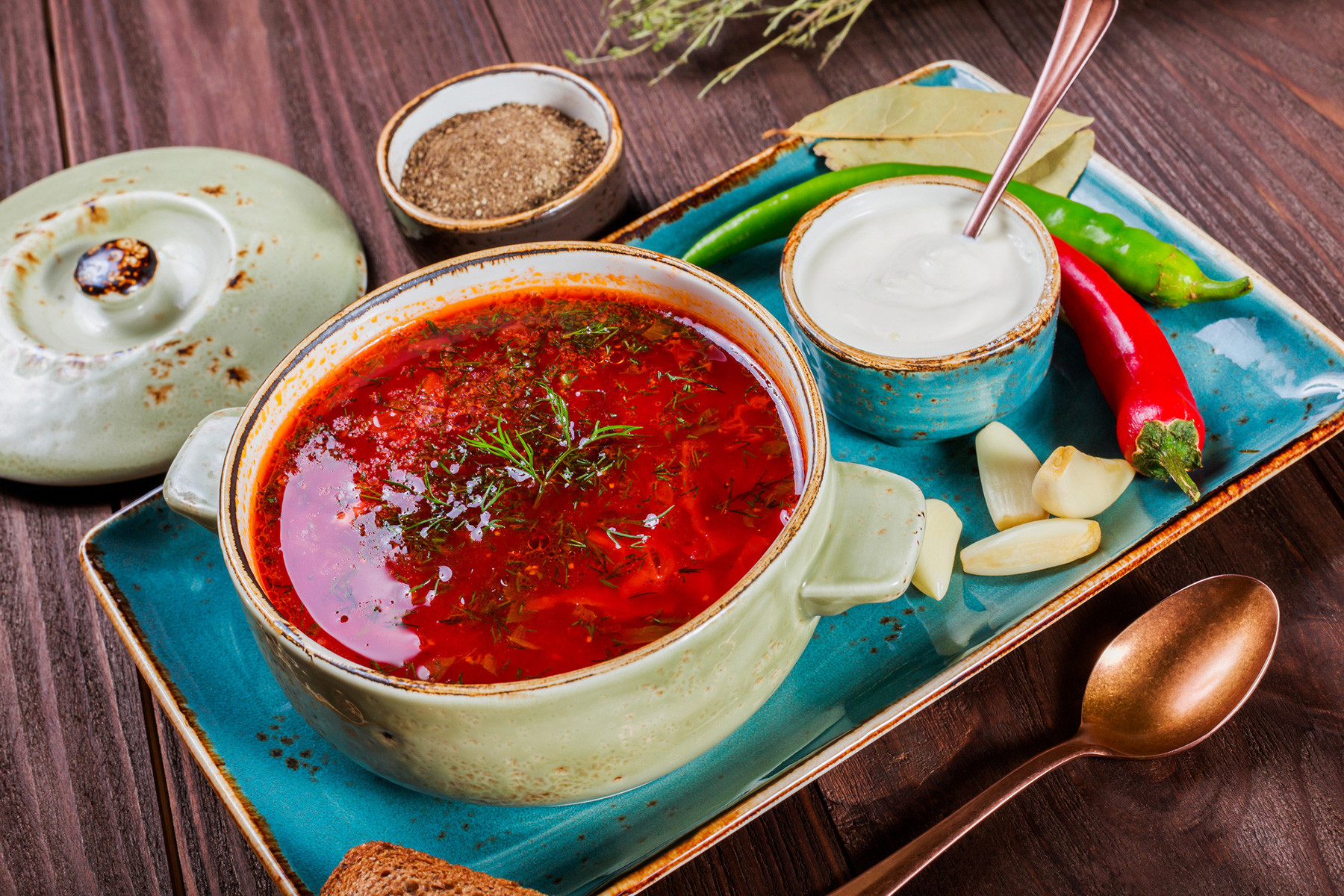
Said to impart strength and vitality, this is the main soup of Slavic cuisine, along with shchi (cabbage soup). It is easily recognizable by its rich wine-red color that comes from the beet. For best results, eat with sour cream and Borodinsky (dark rye) bread. Ukrainian style is also possible by serving with pampushkas (dough rolls), salo (pig fat), and garlic.
6. Svekolnik
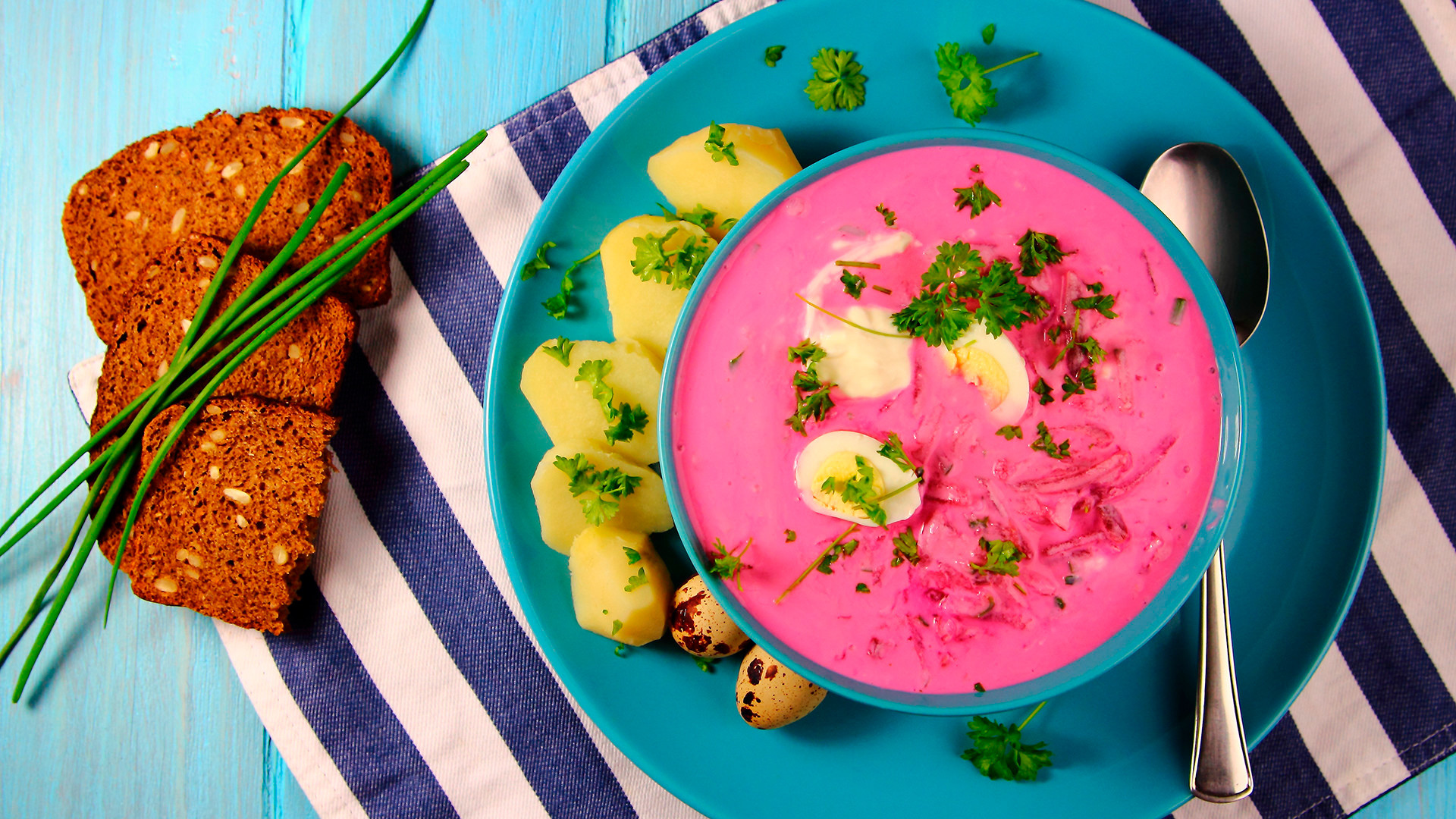
Svekolnik, or cold borsch, is quicker to prepare than its hot cousin. The beetroot is boiled and diced, and added to chopped cucumber, boiled egg, sausage, and greens. Mix all the ingredients with kefir, and the soup is good to go. Because it’s served cold, it’s mostly cooked in summer.
7. Botvinya
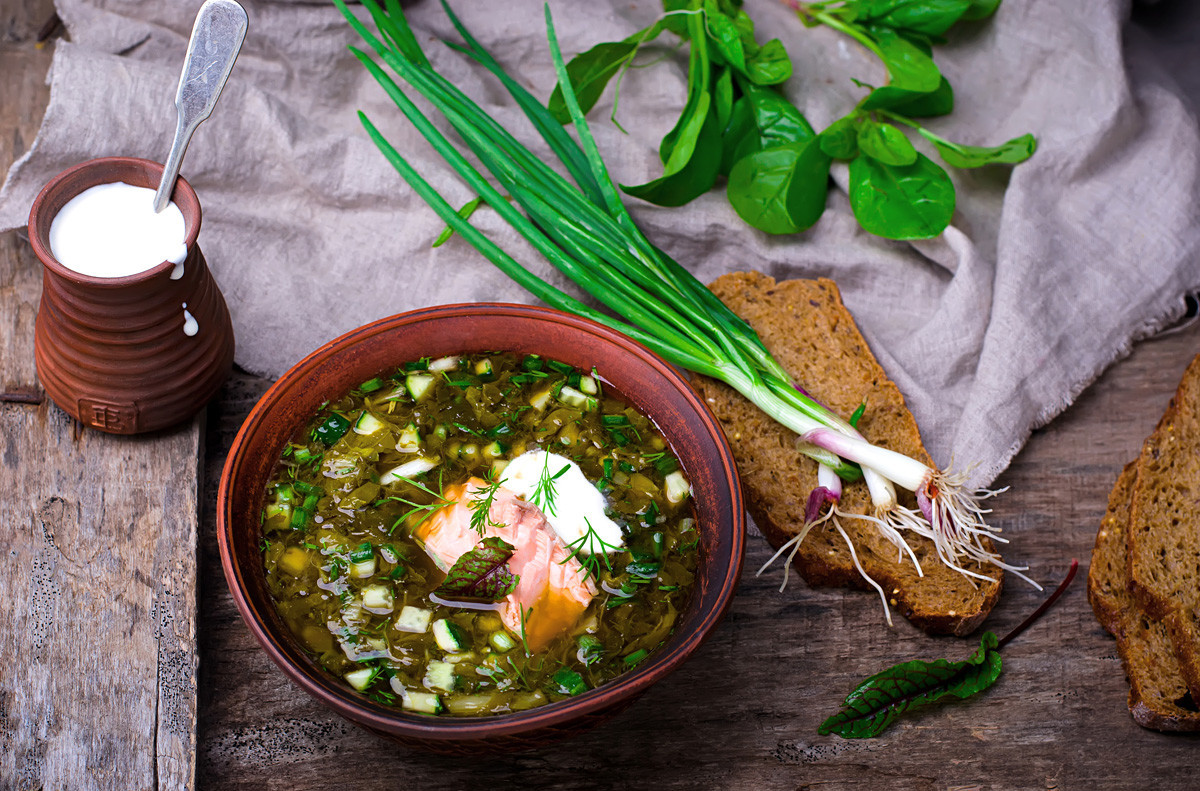
Botvinya is an age-old cold soup made from beet tops in sour kvass. Add grated sorrel, spinach, spring onion, and nettles. Ice cubes also go in, making it great in summer. It can also be served with red fish.
8. Pink pancakes
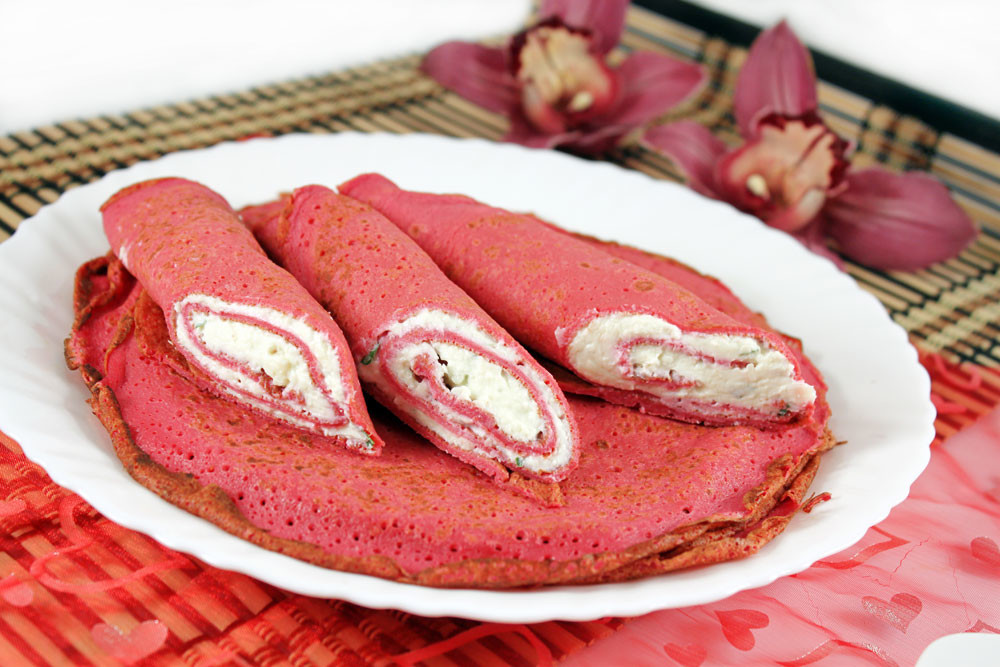
To make bright raspberry-colored pancakes, besides beetroot, you will need milk, wheat flour, raw eggs, sugar, salt, and vegetable oil for frying. These highly unusual pancakes can be made even more exotic by adding caviar or cream cheese.
Read more: 3 unusual pancake recipes
9. Beetroot and horseradish cocktail
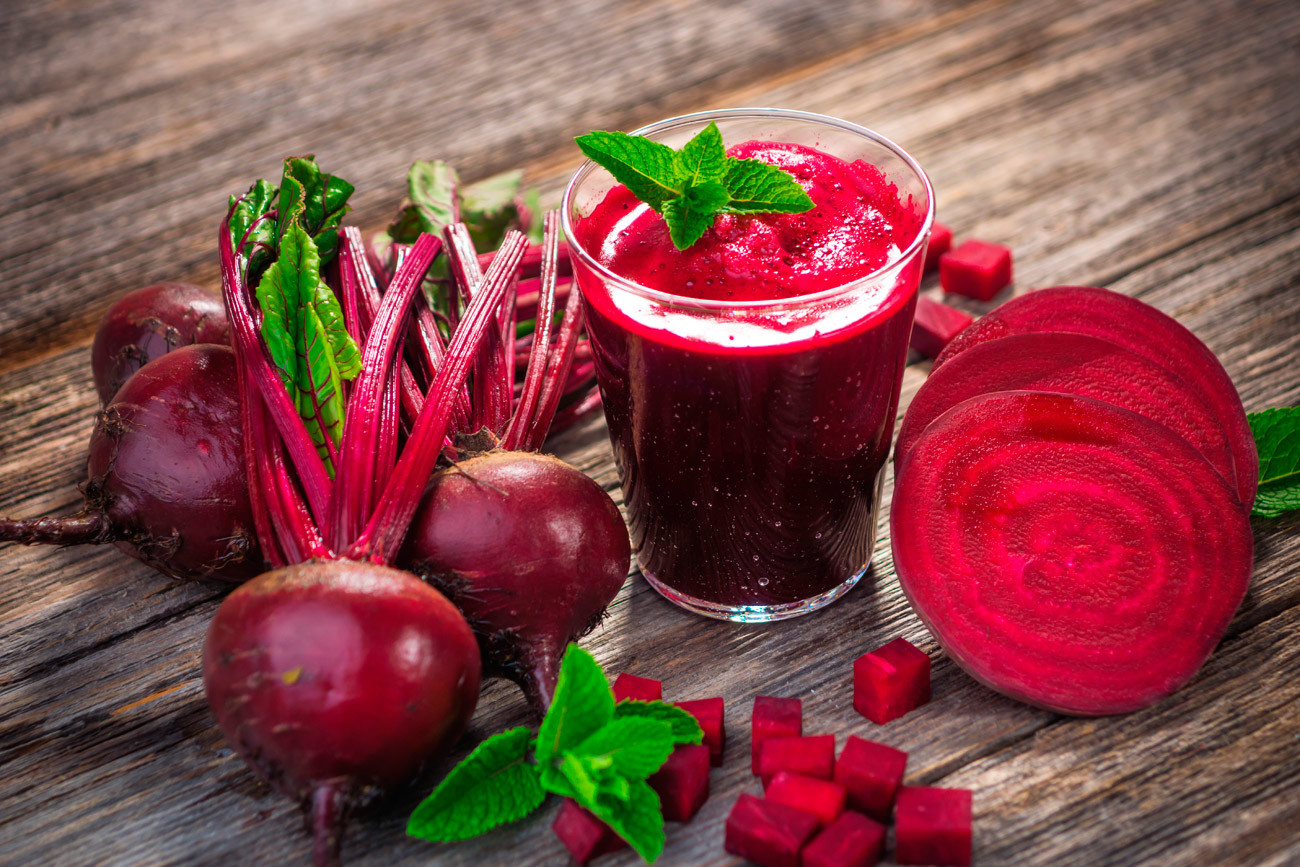
Beetroot and horseradish cocktail is said to be a favorite of Vladimir Putin. You can cook your own from boiled beetroot, green apple, raw carrot, and the juice of half a lemon. All the ingredients go in the blender, after which 1/2 cup of water and 1 teaspoon of grated horseradish are added. Then whip until smooth. The drink cleanses the blood and is good for the liver, seriously.
Read more: What does Mr. Putin eat?
10. Marinated beetroot
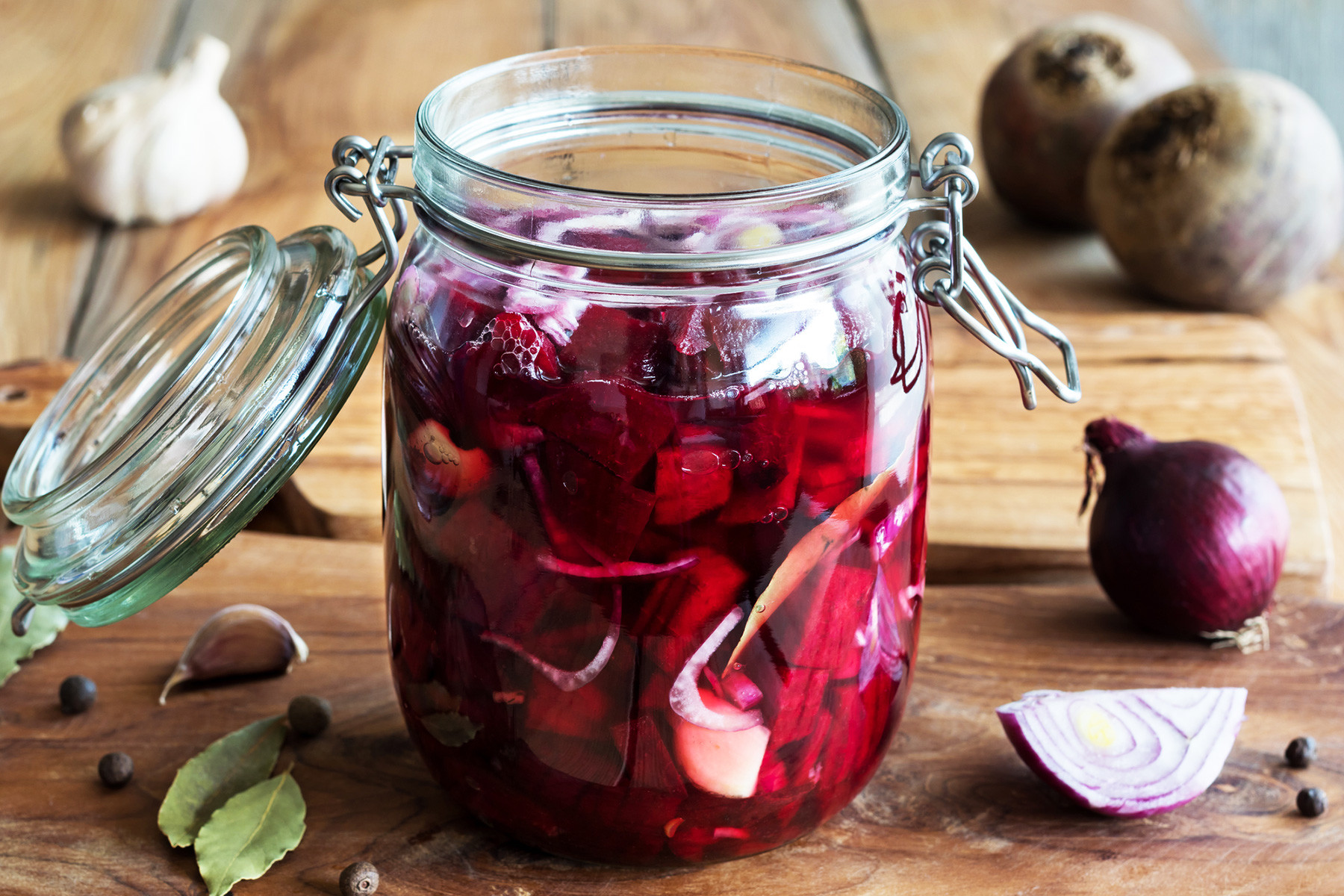
This recipe is great if you're not in a hurry and can wait out the winter. Small beets are best suited. They need to be washed and boiled till cooked, then cooled, peeled, and cut into cubes or strips. Place in a sterile jar with onion cubes or rings and peppercorns. The marinade is prepared separately: pour water and vinegar into a saucepan, add salt, bay leaf, and sugar, then bring to the boil. Pour the marinade over the vegetable mix in the jar and cover. Store in a fridge for 24 hours and then in a dark, cool place all winter.
If using any of Russia Beyond's content, partly or in full, always provide an active hyperlink to the original material.
Subscribe
to our newsletter!
Get the week's best stories straight to your inbox
